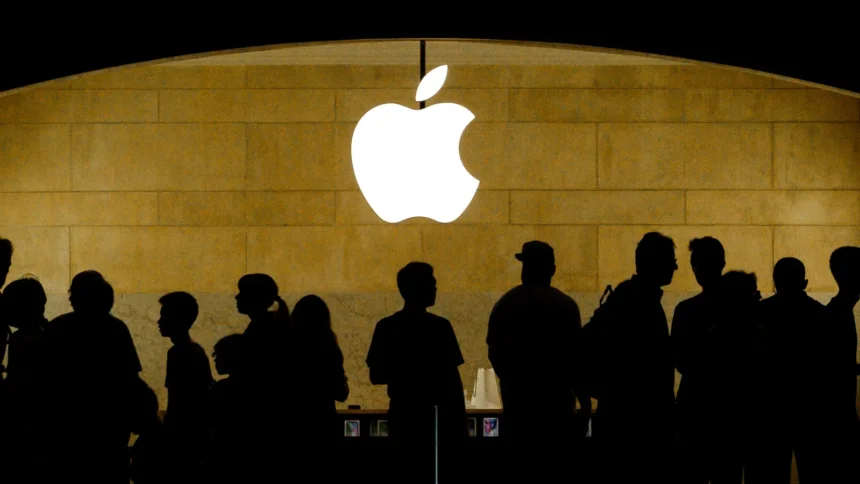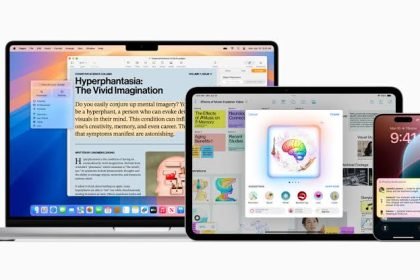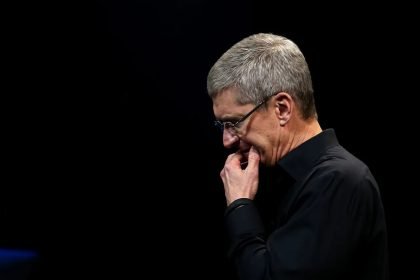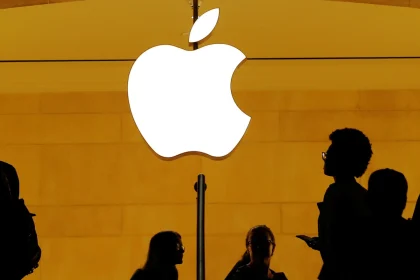Today, the U.S. Department of Justice, along with attorneys general from 16 states and the District of Columbia, filed a lawsuit against Apple for alleged antitrust violations in federal court.
The suit asserts that Apple maintains a monopoly in the premium smartphone market and employs illegal tactics to sustain its dominance.
Comparisons have been drawn between this case and the landmark antitrust suit against Microsoft in the 1990s. Attorney General Merrick Garland highlighted these parallels, noting similarities in tactics used by both companies to preserve their market positions.
However, a crucial distinction lies in the clarity of Microsoft’s monopoly over the personal computer operating system market, whereas Apple’s dominance in the smartphone market is less definitive.
While having a monopoly is not inherently illegal, leveraging that position through certain practices is unlawful. To establish wrongdoing, it must be demonstrated that the defendant possesses enough market power to hinder competition.
In the Microsoft case, the company’s Windows operating system held over 90% market share, an undisputed level of dominance. Conversely, Apple’s market share in smartphones is significantly lower, with the DOJ asserting over 70% in the U.S. based on revenue, and approximately 64% by units shipped.
The government’s argument extends beyond mere market share, citing indicators such as consumer preferences among younger demographics and higher-income households. Additionally, it defines the U.S. as a relevant market due to purchasing habits and regulatory requirements, despite Apple’s lower global market share.
The heart of the DOJ’s case focuses on barriers to entry, alleging that Apple erects obstacles that discourage users from switching to competing devices. These barriers include proprietary messaging systems and limitations on third-party apps. Technical hurdles, such as costly components and distribution agreements, impede potential competitors.
While these arguments may move slowly to the court, Apple could counter that its product differentiation and integration do not equate to anti-competitive behavior. The company may argue that consumers choose its platform for its ease of use and features, rather than being coerced by artificial barriers.
Apple could also leverage the substantial investments it has made to establish its position over the years, questioning why it should be penalized for legitimate business efforts.
Antitrust cases in the tech industry often follow a familiar pattern: a dominant player emerges through innovation and strategic maneuvering, only to face scrutiny and legal challenges as competitors cry foul.
Eventually, market dynamics shift, allowing new entrants to disrupt the status quo, perpetuating a cycle of competition and regulation. This cycle mirrors historical precedents, such as Apple and Google’s rise against Microsoft in the 2000s, ultimately reshaping the tech markets.





